8 ways to get more from your modulation and filter pedals
If you have set and forget your chorus and flanger and would sooner step on a rattler than the wah pedal, this might make you reconsider modulation
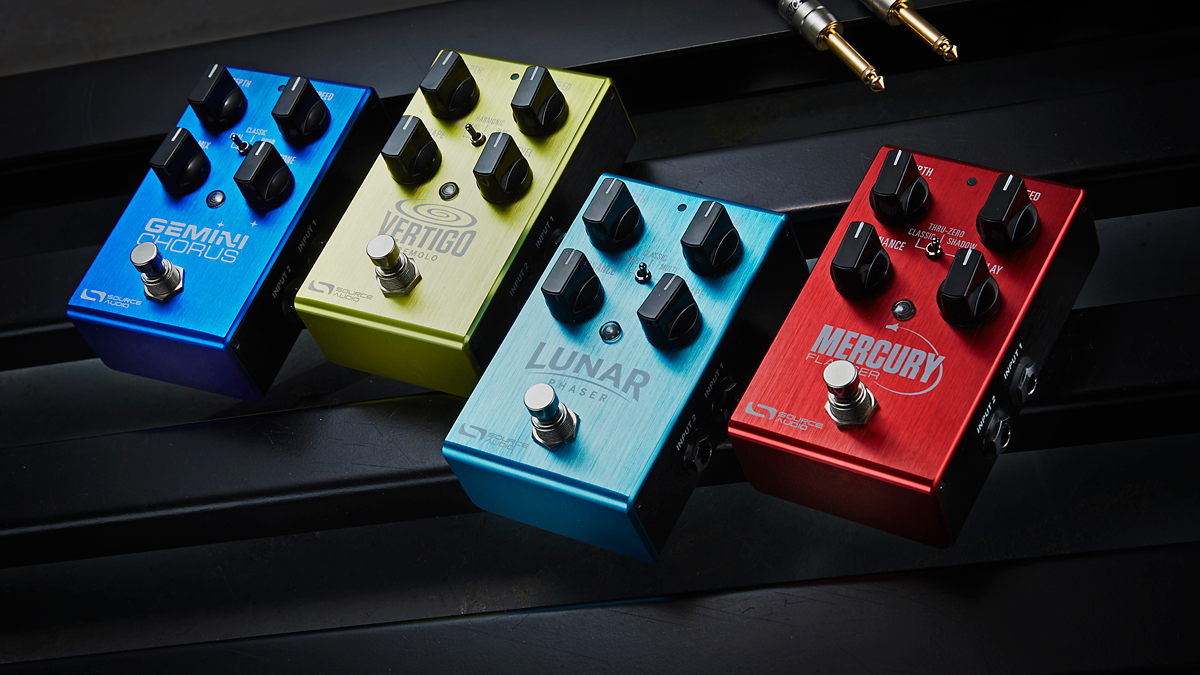
For the latest installment in Total Guitar’s tone tips we turn our attention to the modulation and filter pedals, which means your flanger, phaser and chorus pedals – and the wah pedal you bought one Black Friday before realising by Cyber Monday you were no Jimi Hendrix.
The question is how can we get more out of them? Well, here are eight approaches to try that are easy to apply and might present you will all-new sounds to get inspired by.
1. Use stereo chorus
Stereo chorus is a great way of thickening up guitar parts, and will work even when at subtle settings. Set the rate at the lowest possible setting and then experiment with the depth or wet-dry control. Depending on the type of chorus, it can be very subtle, giving almost the feel of a double-tracked guitar.
2. Try a cocked wah
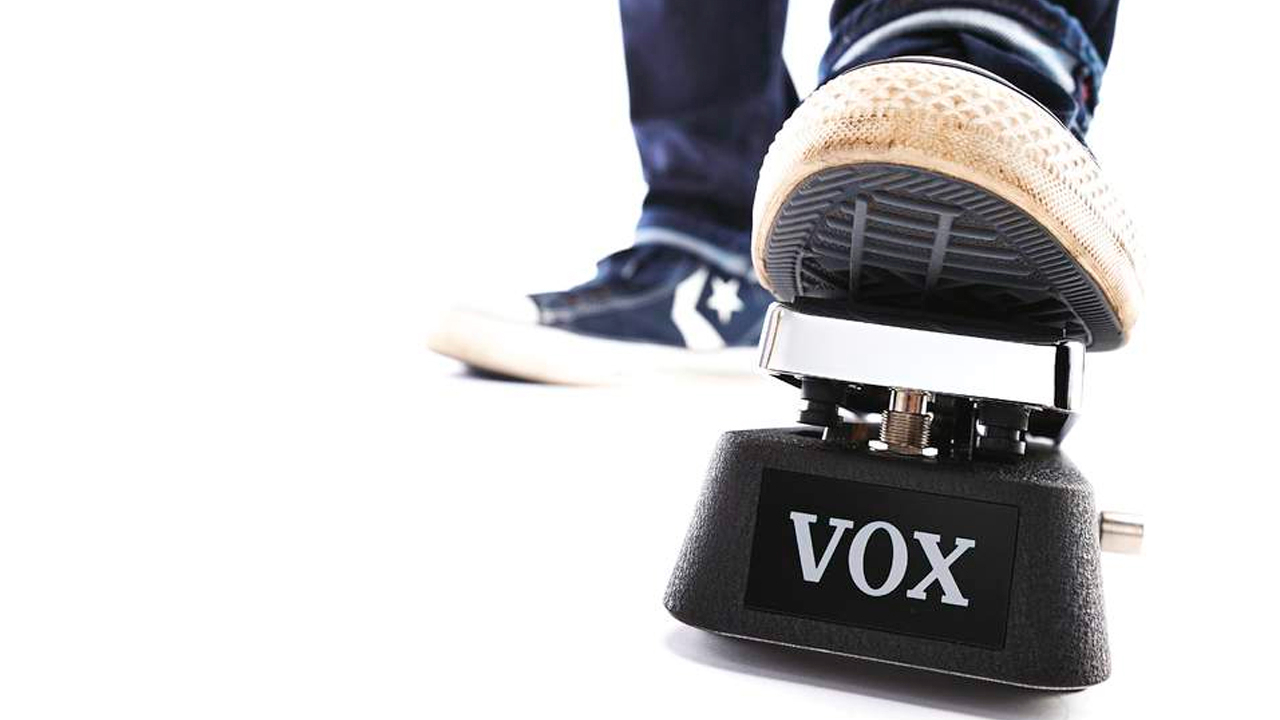
Cocked wah is one of the most fun effects to use, though it’s easier in the studio than live. Even the most basic settings – fully open, and fully closed – can be very impactful for breakdowns and pre-choruses. For more complex riffs you can go full Mark Knopfler and find a place to ‘park’ the pedal for a Money For Nothing kind of sound.
3. Experiment with the depth control
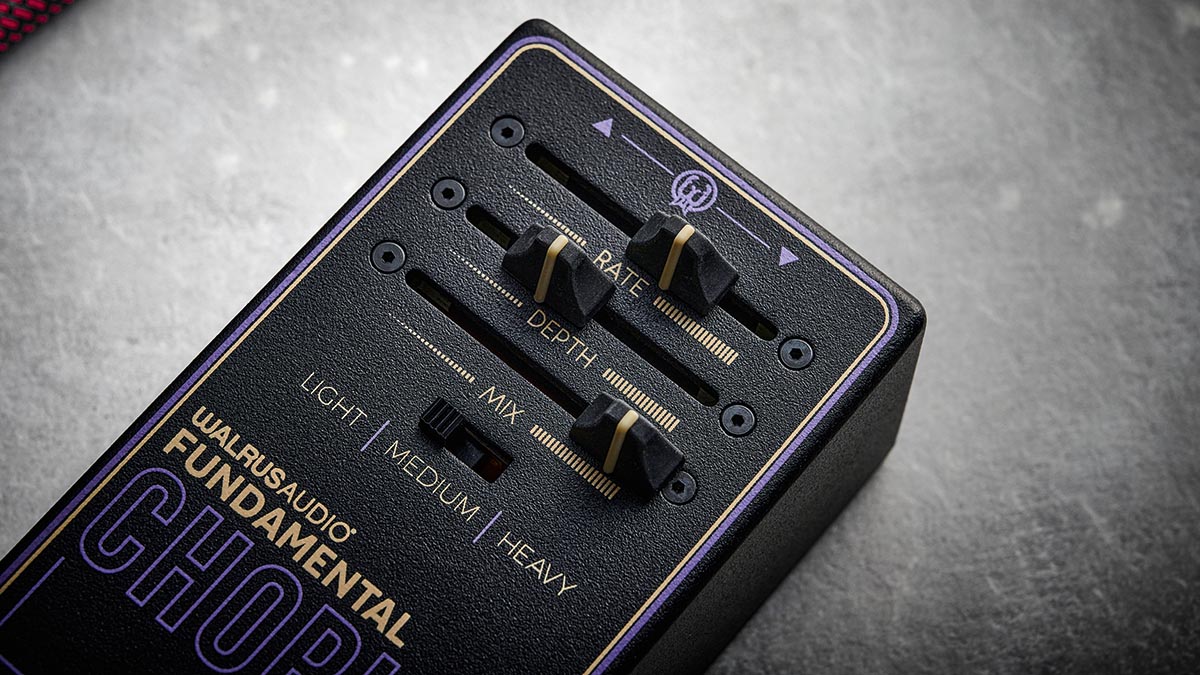
Modulation effects are great for adding gentle movement to all sorts of guitar parts, from clean picked passages to solos. Even so, the far end of the depth control is an area feared by many guitarists – but try experimenting, we say! Simply max out the depth on your pedal, then see if you can find a use for the sound. After all, it worked for Eddie Van Halen.
4. Fuzz into wah
Wah pedals are normally a variable bandpass filter, and as such the more harmonic content they have to chew on, the better. Since gain stages add additional harmonic content, this means that pairings like fuzz into wah are particularly impactful.
Even so, it’s also true that the inverse can yield interesting results too, with an overdrive boosting an already-filtered signal. Generally, higher gain in front, and lower gain after is the way to go.
Get The Pick Newsletter
All the latest guitar news, interviews, lessons, reviews, deals and more, direct to your inbox!
5. Freebie Uni-Vibe using a phaser
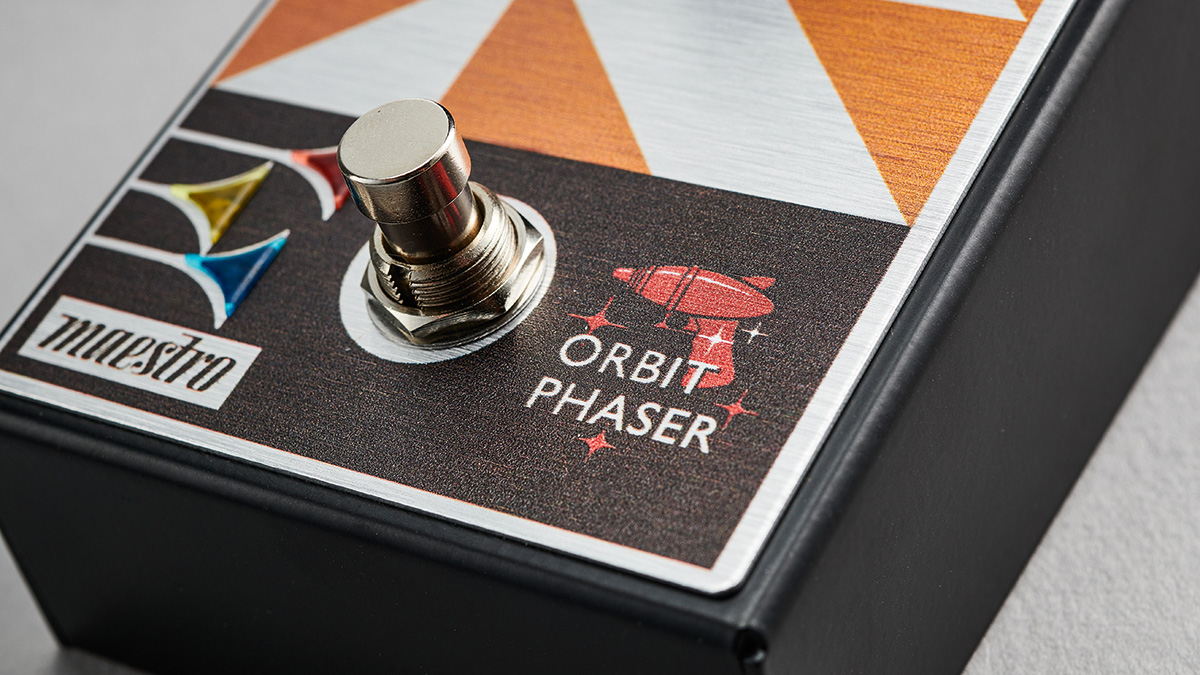
If you own a phaser, depending on the voicing you probably also have a passable fixed Uni-Vibe emulation at your disposal. Simply stick a mid-gain pedal in front, then turn the rate and depth right up to get your wobble on.
6. Hit it harder
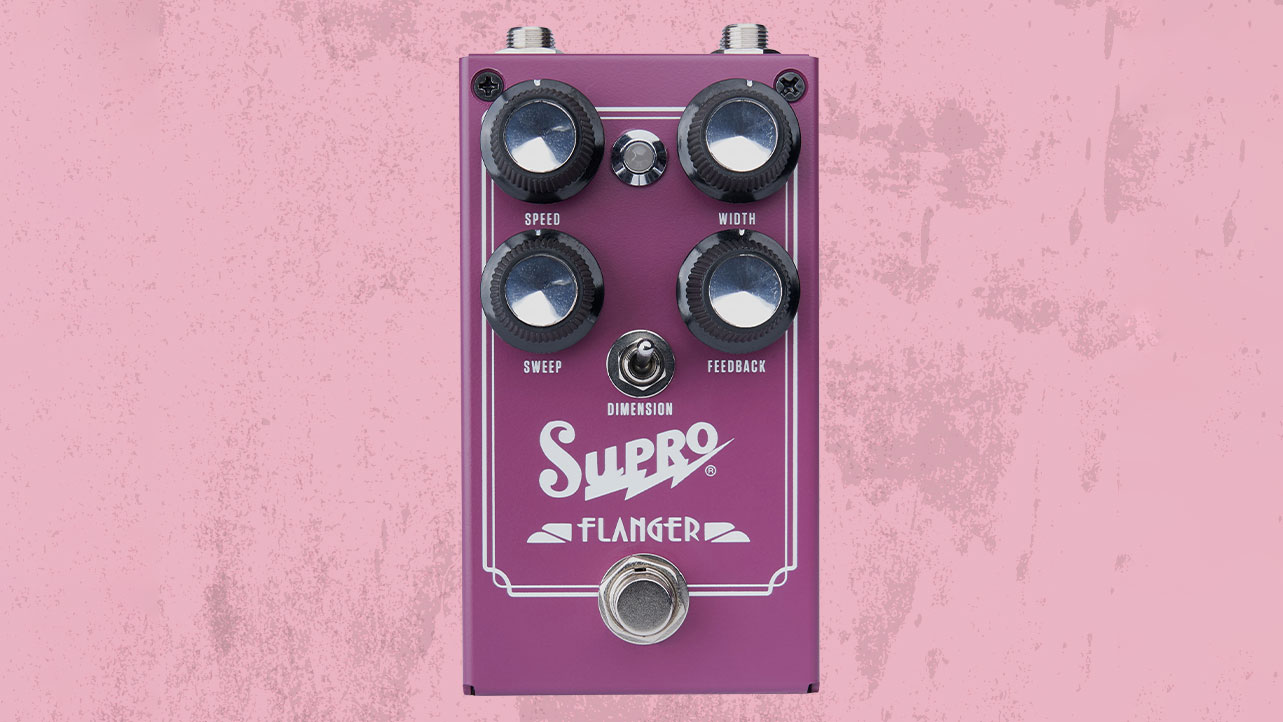
Almost all modulation pedals benefit from gain stages in front, since many involve some kind of filtering. Top of the list are wah and phase effects, but flanger pedals also sound ace when smashed. Unless you have these pedals in your amp’s effect loop, this is another reason to own a couple of decent gain stages even if you primarily rely on amp gain.
7. Manual filter
A wah is a bandpass filter, so by moving your foot from open to closed or vice versa over the duration of a phrase or riff you can create a dynamic filter sweep. Since you have full control, this can work even for very long riffs, or a whole section like a pre-chorus or intro. A version of this – albeit with a quick sweep – can be heard on the Rage Against the Machine track Testify.
8. Impose order on your ’board
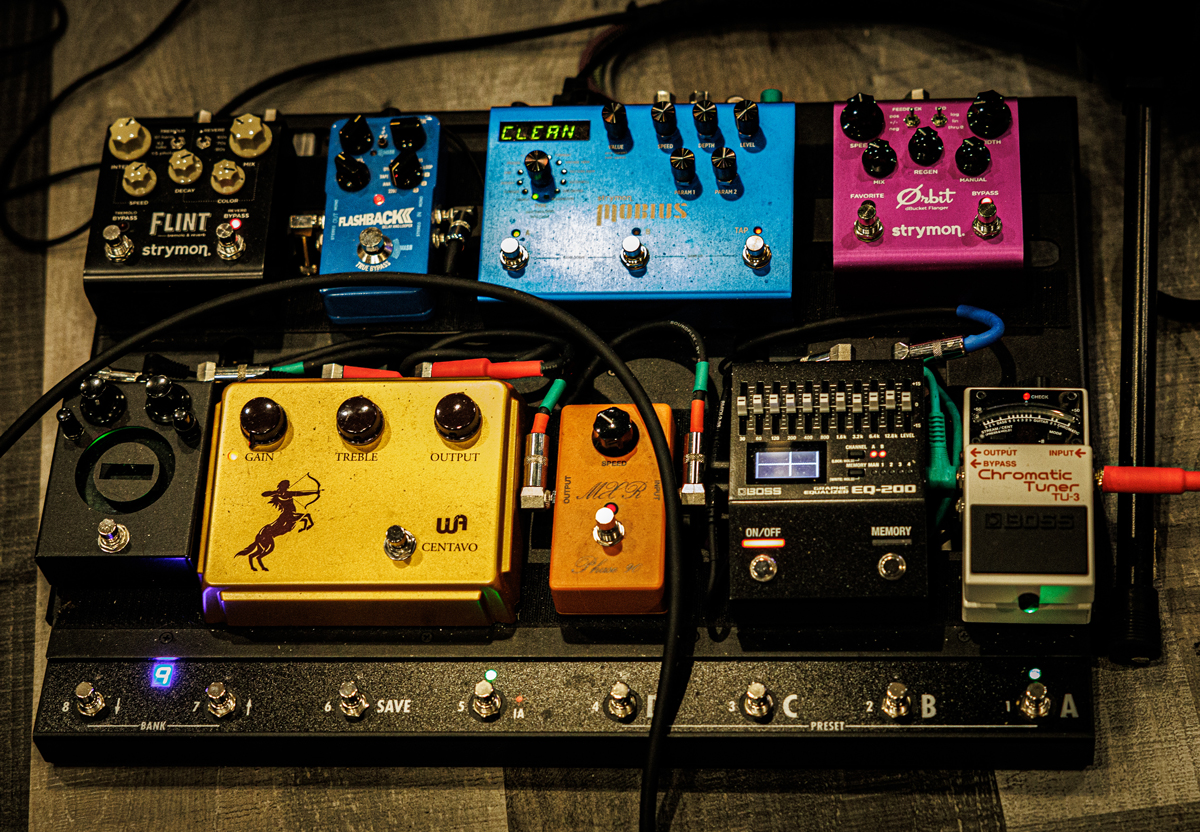
There’s no such thing as correct pedal order. In fact, one of the easiest and most inspirational things you can do is to regularly change up the order of your ’board. Even so, there are some rules of thumb that tend to hold.
If you’re not happy about the sound of your ’board, then it’s sometimes worth resetting and then going from there. In the case of modulation pedals, that’s simple – stick them at the end, where the signal is the most complex.
Total Guitar is one of Europe's biggest guitar magazines. With lessons to suit players of all levels, TG's world-class tuition is friendly, accessible and jargon-free, whether you want to brush up on your technique or improve your music theory knowledge. We also talk to the biggest names in the world of guitar – from interviews with all-time greats like Brian May and Eddie Van Halen to our behind the scenes Rig Tour features, we get you up close with the guitarists that matter to you.
“The original Jordan Boss Tone was probably used by four out of five garage bands in the late ’60s”: Unpacking the gnarly magic of the Jordan Boss Tone – an actual guitar plug-in that delivers Dan Auerbach-approved fuzz
“This is a powerhouse of a stompbox that manages to keep things simple while offering endless inspiration”: Strymon EC-1 Single Head dTape Echo pedal review










